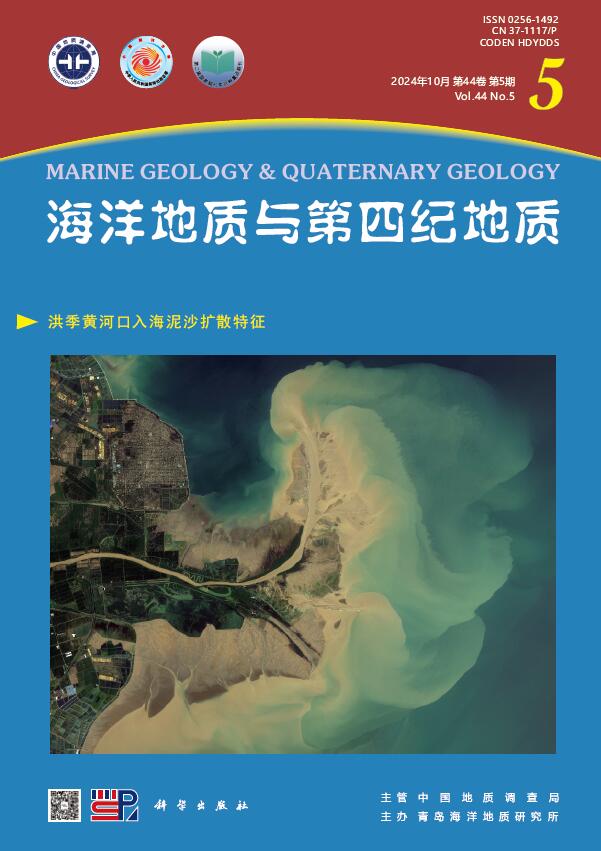RADIOLARIANS IN UPPER WATERS OF NANSHA SEA AREA BEFORE AND AFTER THE SUMMER MONSOON ONSET: RADIOLARIANS IN UPPER WATERS OF NANSHA SEA AREA BEFORE AND AFTER THE SUMMER MONSOON ONSET
引用次数: 3
Abstract
28 towing samples for plankton were collected from the upper waters of the Nansha Islands and its adjacent sea areas in the spring of 2002 and 2004 for understanding the distribution pattern of modern radiolarians and their annual changes in the upper waters of Nansha sea area before and after the summer monsoon onset.The results showed that the dominant species in the spring of 2002 and 2004 were consisting of the tropical-subtropical warm species;however there were obviously annual differences in abundance distributions of radiolarians and their typical species.Noticeably,the radiolarian abundance and its dominant species were significantly different before and after the summer monsoon onset,suggesting that there was a response of radiolarians in upper waters to summer monsoon onset in the South China Sea;The radiolarian abundance after the summer monsoon onset was significantly higher than that before the summer monsoon onset,indicating that the marine environment after the summer monsoon onset would be good for the survive of radiolarians.However,it is necessary to further study the mechanism of the change and try to find more direct environmental parameters to indicate the changes in distribution pattern before and after the summer monsoon onset.This study also confirmed that T.octacantha and S.glacialis could be proxies for upwelling processes in the tropic.夏季风爆发前后南沙海区上层水域放射虫群:夏季风爆发前后南沙海区上层水域放射虫群
2002年和2004年春季在南沙群岛及邻近海域采集了28份浮游生物拖曳样,了解了南沙海域夏季风爆发前后现代放射虫的分布格局及其年变化。结果表明:2002年和2004年春季优势种为热带-亚热带暖暖型种,但放射虫及其典型种的丰度分布存在明显的年际差异;值得注意的是,夏季风爆发前后放射虫丰度及其优势种存在显著差异,表明南海上层水域放射虫对夏季风爆发有响应;夏季风爆发后放射虫丰度显著高于夏季风爆发前,表明夏季风爆发后的海洋环境有利于放射虫的生存。但是,有必要进一步研究这种变化的机制,并试图找到更直接的环境参数来指示夏季风发生前后分布格局的变化。该研究还证实了t.o octacantha和s.a glacialis可能是热带地区上升流过程的代表。
本文章由计算机程序翻译,如有差异,请以英文原文为准。
求助全文
约1分钟内获得全文
求助全文
来源期刊
CiteScore
0.10
自引率
0.00%
发文量
4176
期刊介绍:
Marine Geology and Quaternary Geology launched in 1981 is a bimonthly academic journal sponsored by Qingdao Institute of Marine Geology, China Geological Survey, and published by the Science Press, China.The journal aims to publish original, cutting-edge, and explorative scientific results in the field of marine geology and sea-land Quaternary geology. The journal focus on reporting the latest research achievements supported by National Natural Science Foundation Project, National Key Project and International Cooperation Project, with priority to the results in China seas, global ocean and three poles, and the comparative study results between offshore and land, regional and global scientific issues.

 求助内容:
求助内容: 应助结果提醒方式:
应助结果提醒方式:


